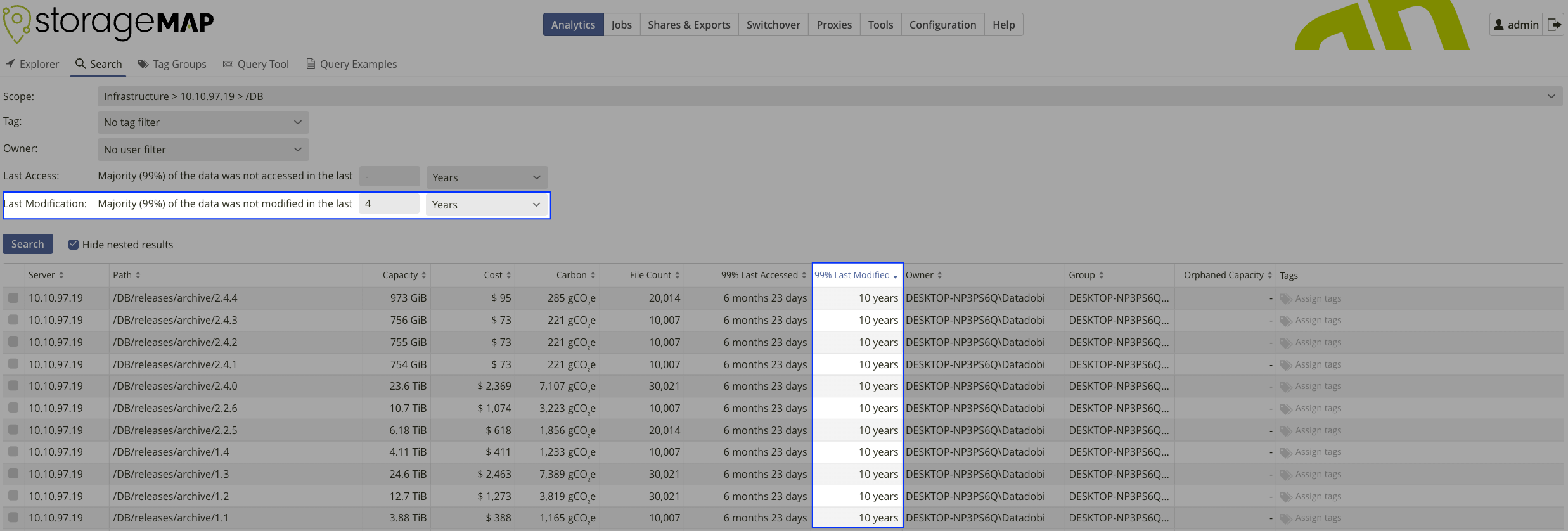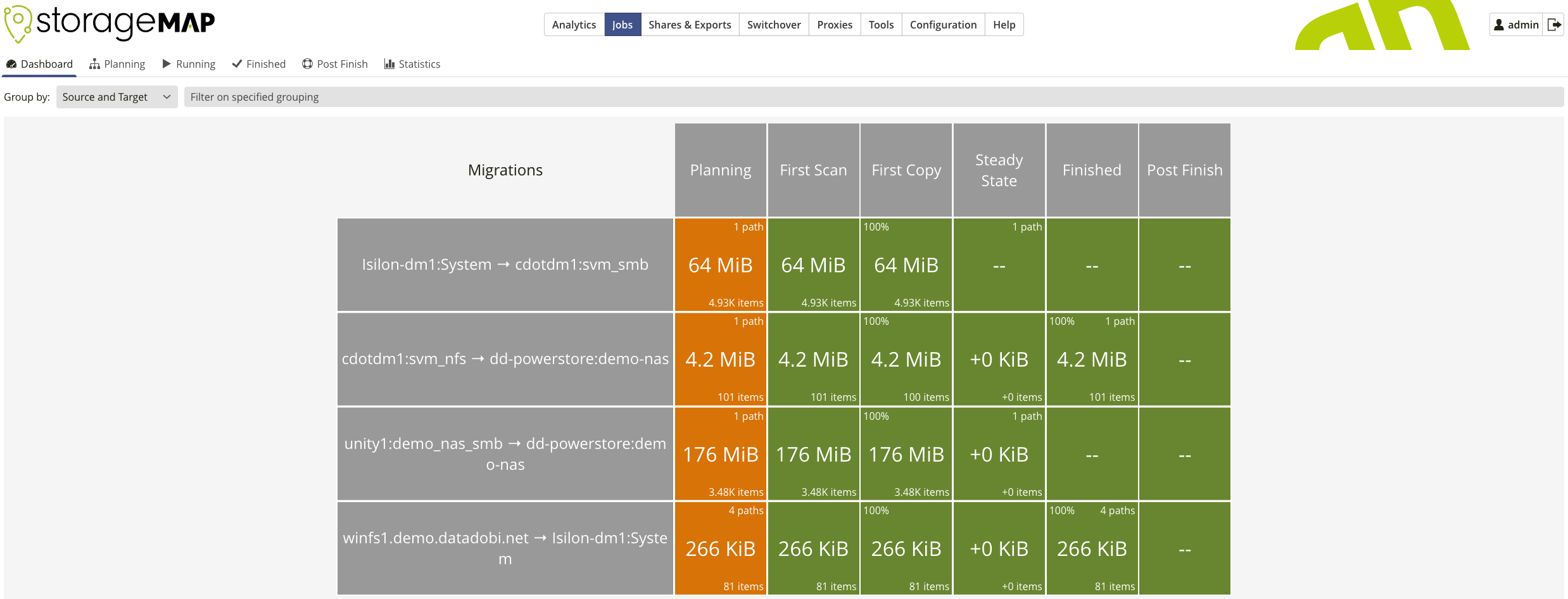Reduce Carbon Footprint with StorageMAP
Climate change is no longer a distant threat for business leaders. In Deloitte’s Climate Check report, 80% of executives expressed concern about climate change and 30% shared that their organizations already feel the impact of climate-related disasters.
Because of this, Environmental, Social, and Governance (ESG) policies are now high on the agenda of almost every major corporation in the world — and for good reason. PwC found that over 80% of individuals are more likely to buy from or work for a company that stands up for ESG best practices. As a result, according to 451 Research, 53% of enterprises currently have a formal ESG program in place or are planning for one.
One of the key factors that organizations must consider when putting together an ESG plan is unstructured data. IDC predicts that the volume of unstructured data will increase threefold by 2025, and storing all of that data can amplify an enterprise’s carbon footprint.
On-Premises vs. Cloud for ESG Objectives
On-premises storage does use more energy than the cloud, but it doesn’t mean that organizations should just move all of their data to the cloud.
Cloud platform operators are routinely publishing statistics around their ecological goals and pursuing ambitious sustainability programs, so infrastructure providers are under intense pressure to play a full and active role in saving the planet. While the cloud does have an inherent advantage over on-premises in regards to carbon footprint, up to an 80% carbon reduction according to a recent study, it is important that unstructured data is kept in the most appropriate place for its functionality and purpose…
…which is where StorageMAP comes in.
How StorageMAP Helps Enterprises Meet ESG Objectives
The Datadobi team designed StorageMAP to be a true multi-vendor, multi-cloud unstructured data management platform that enables enterprises to get a grip on the top unstructured data management challenges of today, including adhering to ESG guidelines.
StorageMAP helps organizations to meet CO2 reduction targets through carbon accounting of unstructured data storage in the cloud and in the data center.
By having a clear view of the enterprise carbon footprint, IT leaders have the insight to know which unstructured data should be moved to the cloud, and what actions, such as deleting Redundant, Obsolete, and Trivial (ROT) data, need to be taken for data center optimization.
The platform can also help decommission outdated, high-footprint storage more quickly by transferring data across any unused space in existing storage and help IT leaders avoid buying duplicate backup hardware at every branch and instead back up to the main data center instead.
Want to make sure you meet your ESG goals to make a global impact while managing your unstructured data? Contact us today.


